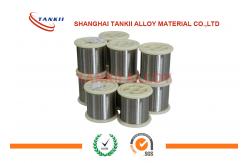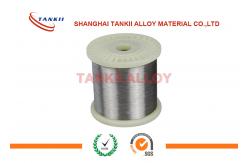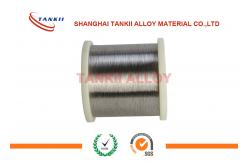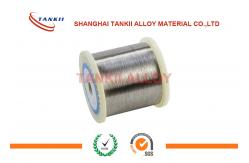Cupronickel Copper Nickel CuNi23 Bare / Stranded Wire for Electric Components
|
|
Cupronickel Copper Nickel CuNi23 Bare/ Stranded Wire for Electric Components
1. General Information Copper and nickel are adjacent to one another in the periodic system of elements, with atomic numbers 29 and 28 and atomic weights 63.54 and 68.71.The two elements are closely related and are completely miscible in both the liquid and solid state. Cu-Ni alloys crystallise over the whole concentration range in a face-centred cubic lattice. The lattice spacing of the face-centre cubic solid solution varies almost linearly with atomic concentration between the values for copper (3.6153 . 10-8cm) and that for nickel (3.5238 . 10-8cm). Cu-Ni alloys are alloys of copper (base metal with the largest individual content) and nickel with or without other elements, whereby the zinc content may not be more than 1%. When other elements are present, nickel has the largest individual content after copper, compared with each other element. As with other copper alloys, it is necessary to distinguish between wrought alloys, which are processed to semi-finished products, and cast alloys, from which castings are produced by various casting processes. Apart from 8.5 to 45% Ni, most commercial alloys usually contain manganese, iron and tin to improve specific properties, cast alloys also have additions of niobium and silicon. The age-hardenable copper-nickel-silicon alloys with 1.0 to 4.5% Ni and 0.2 to 0.6% Be are not dealt with here. In European standards, these alloys are assigned to ‘low-alloyed copper alloys’ (see CR 13388 and relevant product standards).
2. Main Application Because of their properties, Cu-Ni alloys have a variety of applications. Table 20 gives a broad overview. Their use is determined by: 1. good processing characteristics to semi-fabrications and to finished parts in all forms, dimensions and strengths by hot and cold working and by casting; 2. in many cases, the attractive light colour of alloys containing more than 15% Ni; 3. good mechanical properties both a low and elevated temperatures; 4. special physical properties, e.g. high electric resistivity and its low temperature coefficient; 5. good corrosion resistance and wear resistance; 6. high security against stress corrosion cracking and corrosion fatigue.
|
||||||||||||||||||||||||||||||||||||||||||||||||||||||||||
| Product Tags: nickel copper alloy copper and nickel alloy | ||||||||||||||||||||||||||||||||||||||||||||||||||||||||||
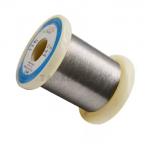
|
0.02mm To 10mm FeCrAl Alloy Resistance Wire Used For Heating Elements (CrAl 25/5) |
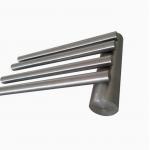
|
Factory Polished Molybdenum Rod and Bar with >99.95% Purity for High Temperature Heating up to 2200ºC ASTM B386-91 Standard |
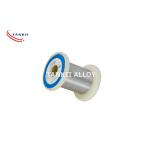
|
Nichrome Heating Wire Ni80Cr20 0.018mm-1.6mm Diameter |
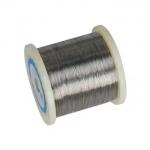
|
Nickel 201 Alloy Wire UNS N02201 ASTM B160 B162 |
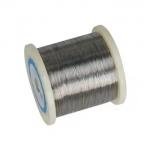
|
Ni80Cr20 Nichrome Alloy Flat Wire for High-Temperature Heating Elements |
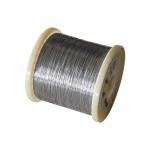
|
Ni200 Ni201 Pure Nickel Wire 99.98% High Purity 0.025-10mm |

